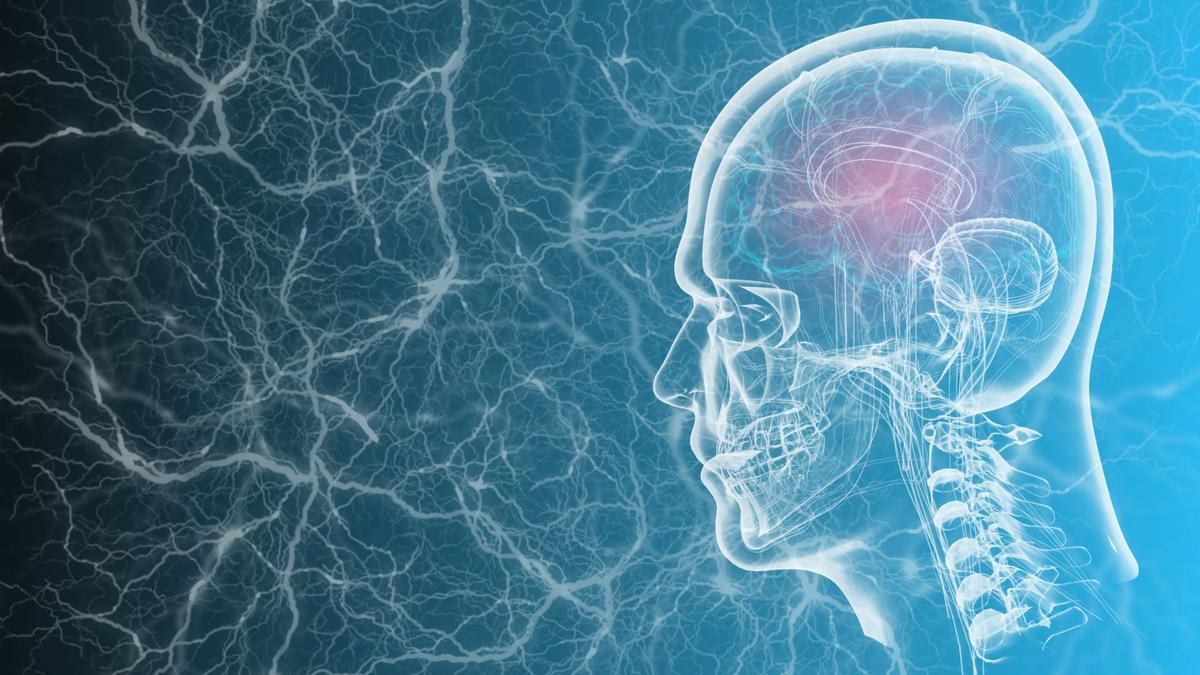Healthcare professionals have long sought effective ways to alleviate the symptoms of Parkinson’s disease. Now, researchers from the University of California, San Francisco (UCSF), as part of the National Institutes of Health (NIH) BRAIN Initiative, have developed a promising new treatment called adaptive deep brain stimulation (aDBS). This innovative approach uses an implantable device driven by the patient’s brain activity, potentially revolutionizing the treatment of Parkinson’s disease (PD).
Known as a “closed loop” system, aDBS aims to improve upon existing deep brain stimulation (DBS) techniques used for Parkinson’s and other neurological disorders. The study reveals that aDBS significantly outperforms traditional DBS in controlling Parkinson’s symptoms.
“This study marks a big step forward towards developing a DBS system that adapts to what the individual patient needs at a given time,” said Megan Frankowski, Ph.D., program director for NIH’s BRAIN Initiative. “By helping to control residual symptoms while not exacerbating others, adaptive DBS has the potential to improve the quality of life for some people living with Parkinson’s disease.”
How Adaptive DBS Works
In simple terms, aDBS uses an implanted device that adjusts its stimulation based on the brain’s real-time activity. This personalized approach offers more effective symptom management compared to conventional DBS, which does not adapt in real-time.
In the study, four participants initially received conventional DBS treatment before transitioning to the new aDBS system. Scientists utilized artificial intelligence (AI) to train the aDBS model, using brain activity patterns from the participants. The AI-powered algorithm enabled the implantable device to detect brain signals associated with Parkinson’s symptoms and adjust the level of electrical stimulation accordingly.
This real-time calibration allows for better management of Parkinson’s symptoms, providing a more tailored treatment experience. The adaptive nature of aDBS distinguishes it from traditional DBS, which lacks the ability to automatically adjust based on ongoing brain activity.
Promising Results and Future Potential
The study found that aDBS therapy improved each participant’s most persistent symptom by nearly 50% compared to conventional DBS. Previous research also highlighted the treatment’s capability to record brain activity as participants went about their daily lives.
While these results are promising, further fine-tuning is needed before the device can be widely scaled up to ensure optimal treatment for all patients with Parkinson’s disease.
“One of the big issues facing DBS, even in approved indications like Parkinson’s, is access, both for patients in terms of where they can get it and also the physicians who need special training to program these devices,” Frankowski added.
This breakthrough in adaptive DBS marks a significant advancement in personalized medicine, offering new hope for those living with Parkinson’s disease.
By Impact Lab


